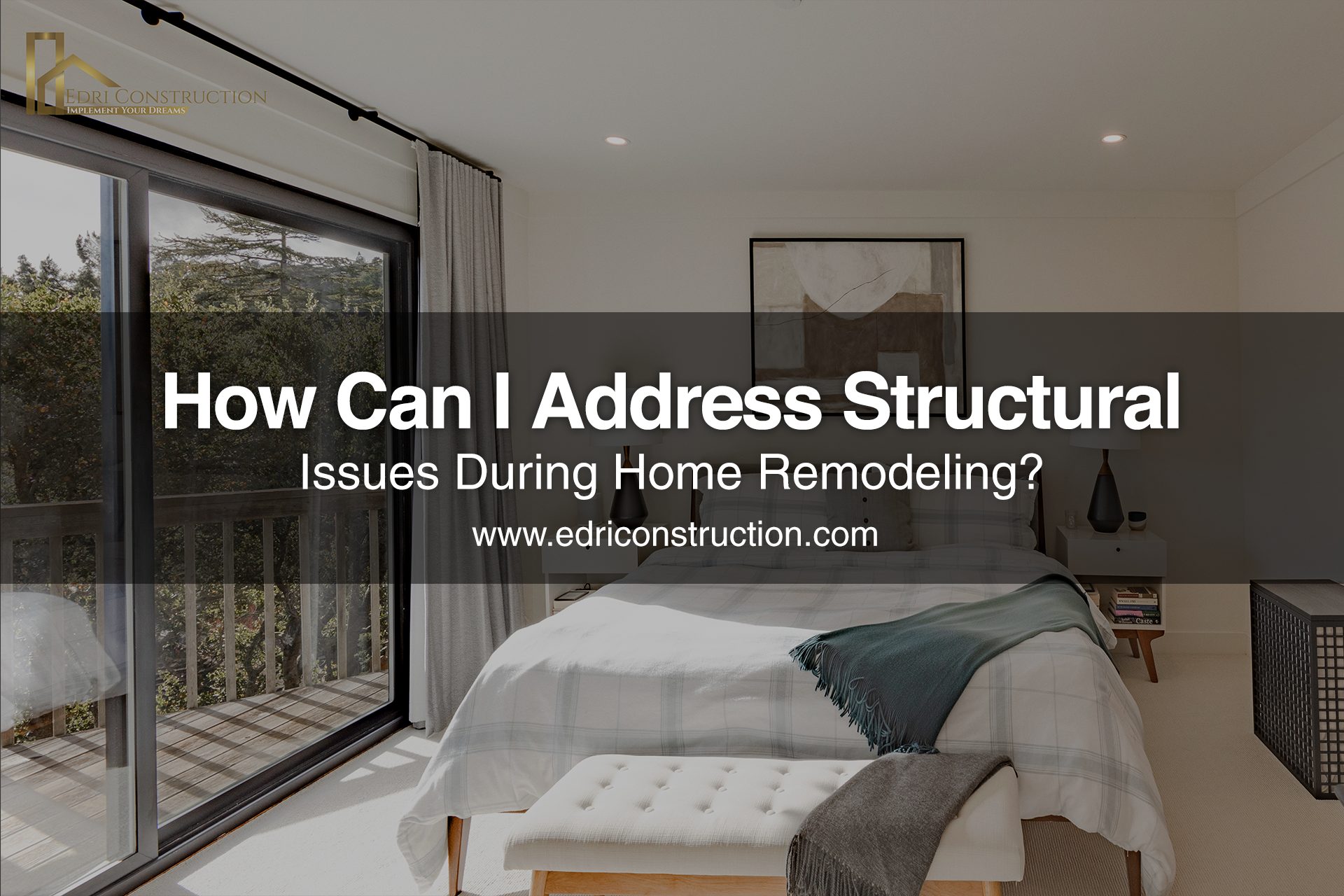Cost & Requirements Of Seismic Retrofitting in San Francisco: Protecting Your Home from Earthquake Threats

San Francisco is no stranger to earthquakes, with the city located in a high-risk earthquake zone. The 1989 Loma Prieta earthquake that caused significant damage to soft-story buildings in the city was a wake-up call for San Francisco to take seismic safety seriously. In 2013, the city passed a mandatory soft-story retrofit ordinance , requiring property owners to retrofit their buildings to meet certain seismic safety standards. If you're a homeowner in San Francisco, it's important to understand the requirements and cost of seismic retrofitting to protect your home from earthquake threats.
What is Seismic Retrofitting?
Seismic retrofitting is the process of strengthening a building to better withstand seismic activity, such as earthquakes. This is achieved through various methods, including foundation bolting, cripple wall bracing, and adding seismic-resistant materials. Seismic retrofitting is essential for ensuring a building's safety during an earthquake and reducing the risk of collapse or significant damage.
Seismic Retrofitting Requirements in San Francisco
In 2013, the city of San Francisco passed a mandatory soft-story retrofit ordinance, requiring property owners to retrofit their buildings to meet certain seismic safety standards. Soft-story buildings are those with weak first floors, such as apartment buildings with parking spaces on the ground floor. The ordinance applies to buildings with three or more stories and five or more units. The deadline for compliance with this ordinance was September 15, 2020.
According to the San Francisco Department of Building Inspection, there are approximately 5,000 soft-story buildings in the city that require retrofitting. If you own a soft-story building in San Francisco, it's essential to comply with the ordinance to ensure your building's safety and avoid costly penalties.
Cost of Seismic Retrofitting in San Francisco
The cost of seismic retrofitting can vary depending on the size and complexity of the building. According to the City and County of San Francisco, the average cost of seismic retrofitting a soft-story building is around $70,000. However, this cost can be significantly higher for larger or more complex buildings.
In some cases, property owners may be eligible for financial assistance to help cover the cost of seismic retrofitting. For example, the California Earthquake Authority offers grants of up to $3,000 for homeowners who retrofit their homes. It's important to explore all available options for financial assistance to help make seismic retrofitting more affordable.
Benefits of Seismic Retrofitting
Seismic retrofitting not only protects buildings and their occupants during earthquakes, but it also helps to preserve the city's historic buildings and maintain the unique character of San Francisco's neighborhoods. By retrofitting your building, you can also potentially reduce your earthquake insurance premiums and increase the value of your property.
- Reduced Risk. Seismic retrofits can reduce your risk of damage during a future earthquake by up to 80%.
- More Safety. Your home will be safer in the event of a strong earthquake, with more robust walls and foundations that can withstand more shaking.
- Reduced Cost. The cost of seismic retrofitting is significantly lower than new construction, making it an affordable option for many homeowners in earthquake-prone areas.
- Enhance the aesthetic value of your property by adding curb appeal and improving curb visibility from both approaches and streets.
- Increase energy efficiency by reducing heat loss through poorly insulated walls, windows, doors and attic spaces.
Case Study - The Impact of Seismic Retrofitting
One example of the positive impact of seismic retrofitting is the Pacific Heights neighborhood in San Francisco. Many of the buildings in this historic neighborhood were built before modern seismic codes, leaving them vulnerable to earthquake damage. After the 1989 Loma Prieta earthquake, many of the buildings in Pacific Heights underwent seismic retrofitting, including foundation bolting and other upgrades. As a result, many of the buildings were able to withstand the 2014 South Napa earthquake with minimal damage, preserving the neighborhood's unique architecture and character.
Conclusion
Seismic retrofitting is a critical step in ensuring the safety of your home in San Francisco, especially if you own a soft-story building. If you cannot afford a seismic retrofit yet, you can also get different financing options for that in San Francisco. So, make sure you get things right.










